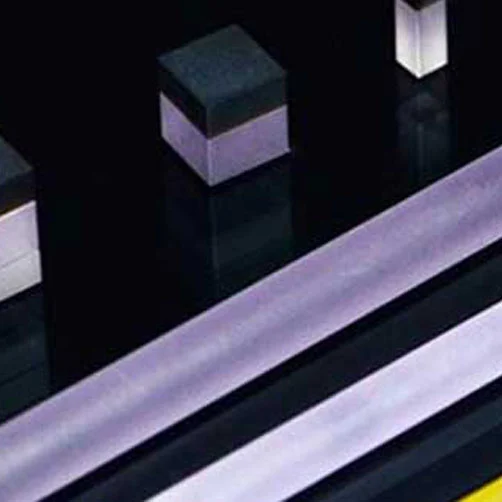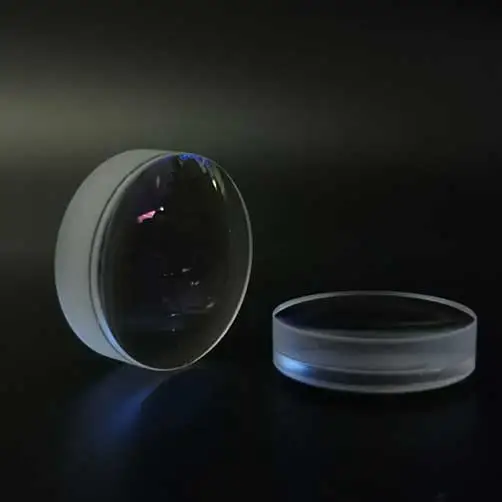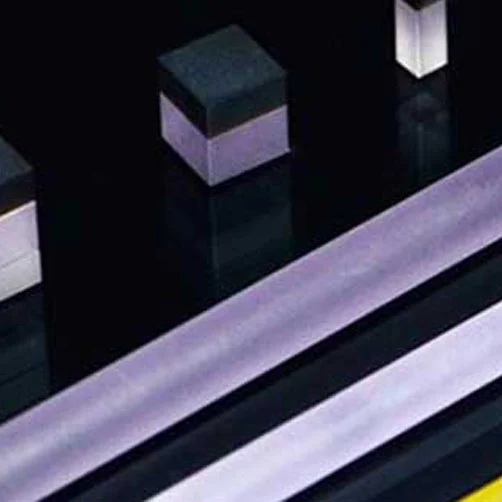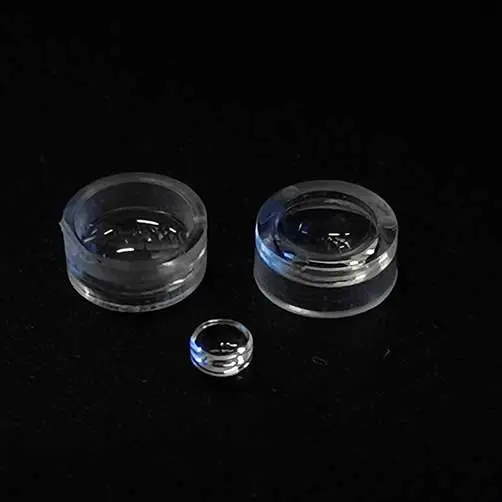
The scattering properties of the surface of optical components are the root cause of the damage caused by defects. When the light beam is irradiated on the surface of the flawed optical element, because the reflective surface at the defect position is not a smooth surface, these discrete and irregular local defects deflect part of the incident light, away from the predetermined direction, and become impurity light that deviates from the main beam. Moreover, these impurity lights will produce multiple reflections and transmissions, and the irregular scattered light will affect different optical instruments to varying degrees.
In an optical system, the main factor affecting its performance is a large amount of scattered light generated inside the system, and the root cause of these scattered light lies in the quality of the optical components themselves. Even if the entire optical system is well designed, if the internal optical components If the quality is not enough, then the formed system will not work properly. Therefore, it is necessary to improve the quality of the optical element itself to improve the problems caused by scattered light.
Although the window of the optical system or the inside of the system may also generate scattered light, the energy of this scattered light is relatively small, and most of the scattered light is caused by the surface scattering of optical components. Generally, the scattered light energy generated by the surface is at least 1 to 2 orders of magnitude larger than the internal scattering, so the quality of the surface of the optical element will directly affect the overall performance of the optical system.
There are many reasons for the scattering phenomenon on the surface of optical components, such as surface microstructures such as pitting, scratches, broken edges, open air bubbles, and roughness, as well as surface film thickness and uneven refractive index of film materials. various problems. Generally, by comparing the wavelength of incident light on the surface and the size of the scattering source, the scattering sources can be roughly divided into three categories:
(1) The size of the scattering source is much larger than the wavelength of the incident light. This kind of scattering source is usually called a defect, such as scratches, pitting, broken edges, etc.
(2) A single discrete irregular particle whose size of the scattering source is on the same order of magnitude as the wavelength of the incident light. This type of scattering source is called discrete particles.
(3) The wavelength of the incident light is much larger than the size of the scattering source. This kind of scattering source is precisely arranged in space, and the scattering of light is the comprehensive result of the interaction in space, so it cannot be treated as an independent scattering source. This type of scattering source is usually called irregular micro-scattering, and the most typical type of such scattering source is surface roughness.
The above three scattering sources have different characteristics, so the corresponding scattering theory is needed to explain the scattering phenomenon caused by these scattering sources. For the first type of scattering source, it is the easiest to be found among the three types, and its scattering phenomenon can be explained by simple geometric optics.
Geometric optics is no longer applicable to the second type of scattering source. This type of scattering source is distributed independently and the scattering centers can not interfere with each other. Therefore, Mie scattering theory is needed to deal with it. Special cases can also be explained by Rayleigh scattering. The third type of scattering source is randomly and irregularly distributed, and their average height is only on the order of nanometers. This type of scattering source is also called roughness scattering.
The use of microscopic scattering imaging technology to detect the surface of optical components is mainly to detect the first type of scattering source, that is, component surface defects, such as scratches, pitting, broken edges, etc. For this type of scattering source, as mentioned earlier, geometric optics is usually used to explain the analysis, but the scattering phenomenon caused by such surface imperfections has nothing to do with the wavelength of the incident light.
Assuming that the component defect is a "V"-shaped groove, when the incident light hits the surface of the optical component, reflection will occur. If there is no defect on the surface, the reflected light of incident light A can be obtained from geometric optics as A2. If there is defect on the surface, the same incident light A will get scattered light A1. Putting this optical path into the microscopic imaging system, the scattered light formed by the defect is composed of the A1 light far away from the main reflected light A2, and the image of the bright defect under the dark background will be observed in the microscopic imaging system.
There are various kinds of scattered light in the microscopic imaging system, but what we need to pay attention to is only the image corresponding to the defect scattering, while other scattered light can generally be ignored in image analysis because of its small energy. For other scattered light, we need to further study its formation, so as to find a most suitable method to measure the surface quality of optical components and improve the ability of defect detection.



